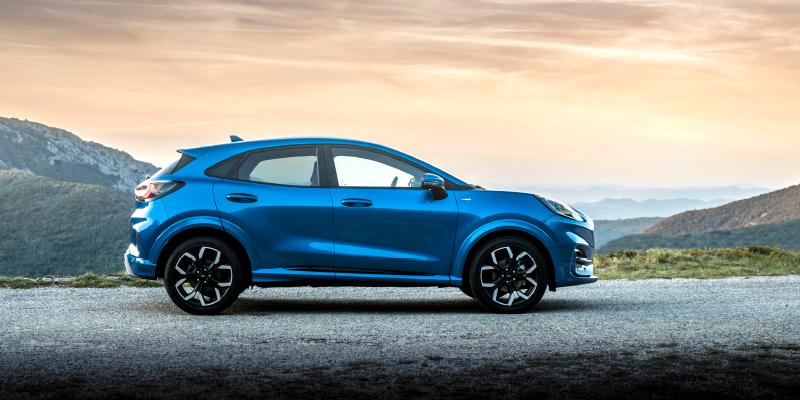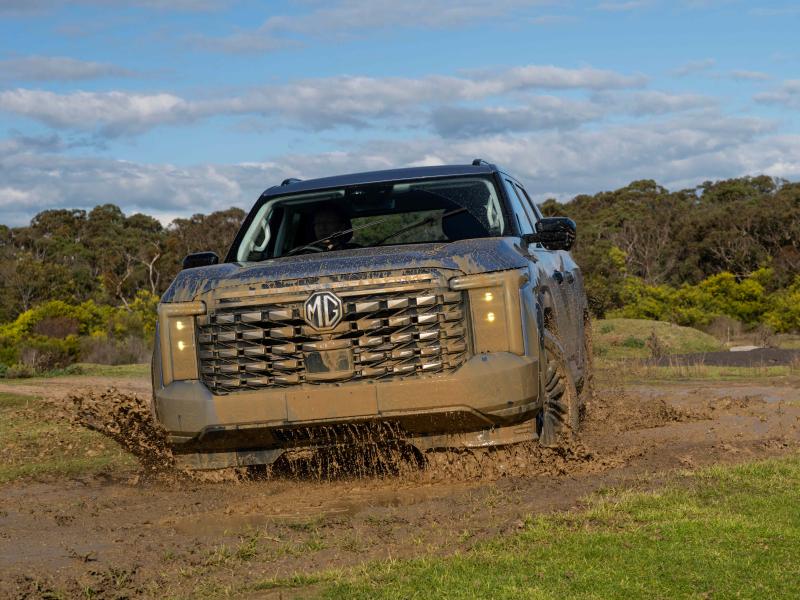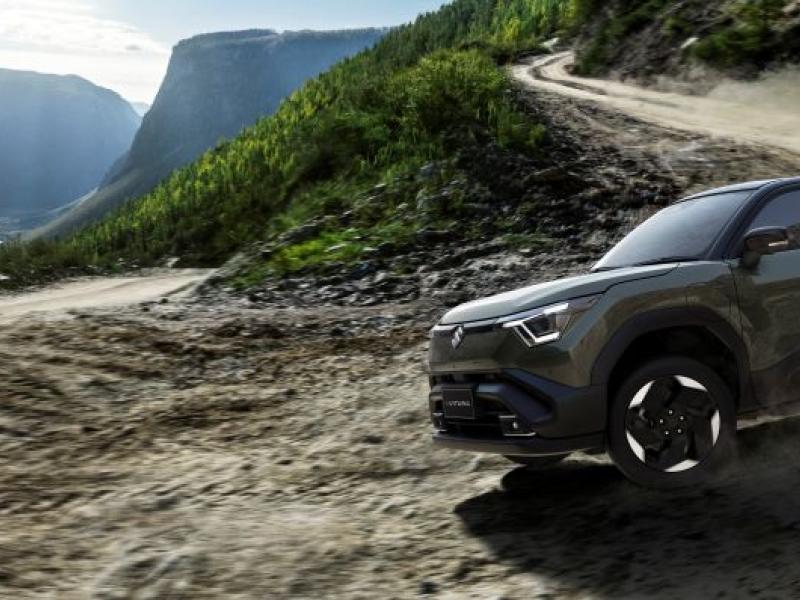If you liked the idea of the Ford Ecosport 1-litre small compact SUV, but weren’t overly sold on its styling, wait till you get an up close and personal with a Ford Puma.
To be honest, the Ecosport was always going to struggle in this country, not because it wasn’t good but because the little terrier of the Ford range seemed to be the victim of questionable international press and older generation models coming to us as new.
But EcoSport’s day is done and the Puma has pounced playfully into the Terrier’s terrain – and it’s started selling already, sight unseen.
Puma has received its fair share of accolades internationally already, and while this sounds like history repeating itself inasmuch as Puma has already been prowling in Europe, the local July reveal showed a Puma that was not already one generation old; this is as current a model as we can get in a Covidian world.
And the Puma looks contemporary too, with an athletic profile which gives it a dynamism that plenty of other contemporaries have yet to match.
But Ford is going to be working to woo customers from outside the fan club.
The good news is Ford’s design teams have been doing their homework and not in isolation. Indeed, it’s almost as if the engineers held off to see what works and what doesn’t, rather than coming to market with what they THINK is a good idea.
And there have been a lot of vehicles which have failed as a result of this.
Puma on the other hand, is polished, purpose-built and reflects an elegance which even the top-placed Small SUV suppliers may find costs them customers to the Blue Oval.
So, what else can we tell you, other than our opinion of Puma’s good looks? There are two model of Puma – the entry and the more desirable ST-Line, both of which share more than they don’t.
Both Puma’s run the same 1-litre, three-cylinder EcoBoost engine, which means it is turbocharged and uses direct fuel injection to deliver spirited performance but not at the expense of economy.
Puma returns 5.3 litres per 100km for 121g/km of CO2 according to Ford. We reckon it’ll do better, if only by virtue of the vehicles slip-through-air design.
Power to the wheels is via seven-speed automatic transmission and – in the ST-Line – you get the SelectShift option with paddle control. As part of the transmission, there are five drive modes, Normal, Eco, Sport, Slippery and Trail modes.
As to the rest of the package, Puma is also part of the FordPass Connected vehicle network, which means it has an embedded modem in it, allowing you to connect with your vehicle through the phone app.
This allows remote engine starting, prewarming or cooling the cabin, checking vehicle status and servicing requirements.
As far as other technology is concerned, Puma has the required safety kit required for a five-star safety rating: six airbags, ABS brakes, electronic stability control, traction control system and the more contemporary systems.
These include automatic emergency brakes with pedestrian detection, adaptive cruise control with pedestrian detection and speed limiter, blind spot detection, lane keeping aid with lane departure warning, evasive steering assistance, forward collision warning, front and rear parking sensors, speed sign recognition, driver impairment monitor and more.
Puma’s come with a five year /unlimited km warranty with 20,000km service intervals and three-year roadside assistance or either the Puma at 33,990 or the ST-Line at $37,990.






